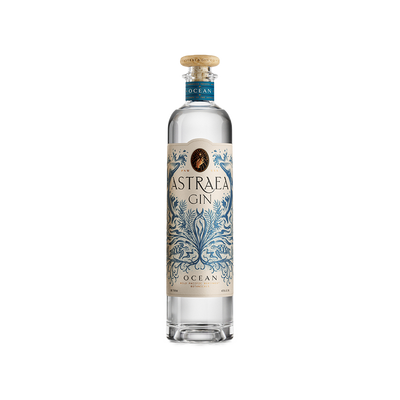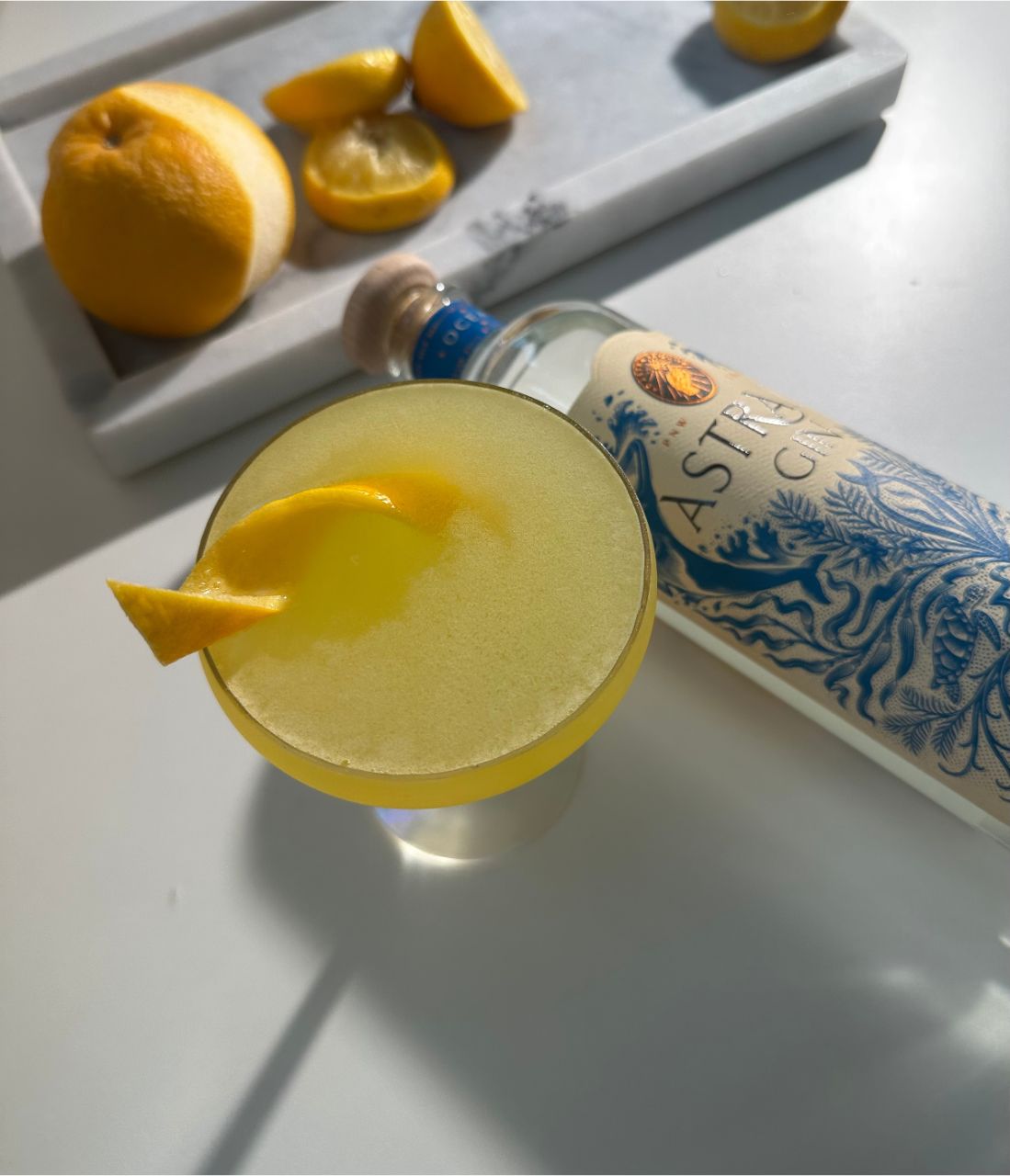Experimental Gin
What is Experimental Gin?
Experimental Gin represents a bold category within Other Gin where distillers push boundaries by incorporating unconventional botanicals, innovative production techniques, or unexpected flavor profiles that challenge traditional gin expectations. These gins might feature ingredients like seaweed, coffee beans, exotic fruits, or even aged components that create entirely new taste experiences. What defines Experimental Gin is the distiller's willingness to break from convention and explore uncharted territory in gin-making, often resulting in limited releases that showcase creativity and craftsmanship.
Learn More About Experimental Gin
What makes Experimental Gin unique?
Experimental gin breaks free from traditional botanical boundaries by incorporating unconventional ingredients like seaweed, chocolate, tea leaves, or even insects, creating flavor profiles that would make classic London Dry producers scratch their heads. These boundary-pushing spirits often use innovative production techniques such as vacuum distillation, botanical smoking, or aging in unusual barrels to achieve completely new taste experiences. While other gin categories follow established rules and flavor expectations, experimental gins exist as liquid laboratories where distillers can explore wild ideas and challenge everything you thought you knew about juniper-based spirits.
How is Experimental Gin made?
Experimental gin breaks free from traditional juniper-forward recipes by incorporating unconventional botanicals like seaweed, mushrooms, exotic spices, or even locally foraged ingredients that reflect the distiller's creativity and regional terroir. Producers often use innovative techniques such as vapor infusion, multiple distillation passes with different botanical combinations, or post-distillation additions like barrel aging or wine cask finishing. Some distillers experiment with unusual base spirits beyond neutral grain alcohol, while others play with extraction methods like cold distillation or botanical teas to capture delicate flavors that heat might destroy.
How do you drink Experimental Gin?
Experimental gins shine brightest in cocktails where their unique botanicals and flavor profiles can take center stage – think classic gin and tonics that highlight unusual ingredients, or craft cocktails specifically designed around their distinctive characteristics. While you can certainly sip them neat or over ice to fully appreciate their complexity, most experimental gins are created with mixology in mind, making them perfect for everything from updated Negronis to completely original creations that play off their special botanical blends. These innovative spirits work beautifully in spring and summer cocktails when you want something refreshing yet sophisticated, and they're ideal for dinner parties or special occasions where you want to surprise guests with something they haven't tried before.
How do I choose good Experimental Gin?
Start by reading the botanical list carefully—look for familiar base notes like juniper paired with one or two standout ingredients that genuinely intrigue you, rather than gins loaded with a dozen obscure botanicals that might compete with each other. Consider what you plan to mix: if you're making classic cocktails like a Negroni or Martini, choose experimental gins with complementary botanicals that won't clash with vermouths and other mixers, while bolder, more unusual expressions work beautifully in simple serves with tonic or soda where their unique character can shine through. Trust distilleries with solid reputations who are known for thoughtful innovation rather than gimmicky marketing—the best experimental gins still respect gin's juniper-forward foundation while adding something meaningful to the category.
Nutritional Information
Typical Calorie Range per Ounce: 64-70 calories
Typical Carbohydrate Range per Ounce: 0-2 grams
Typical Sugar Range per Ounce: 0-1 gram
Typically Gluten Free: Yes
Most experimental gins follow traditional distillation methods that remove gluten proteins during the process, even when starting with grain-based neutral spirits. The unique botanicals and flavor additions in experimental expressions generally don't contain gluten either. That said, some craft distillers might use unconventional ingredients or production methods that could introduce gluten. Always check the detailed product information and contact the distillery directly if you have celiac disease or severe gluten sensitivity to confirm their specific gluten-free status.
Scrolled this far? Your reward? Experimental Gin Trivia!
- Some experimental gins use ant-derived botanicals – Distillers in places like Cambridge, England have infused their gin with red wood ants, which contain formic acid and give the spirit a distinctly citrusy, almost lemony bite. The ants are sustainably harvested and add a wild, forest-floor complexity that's surprisingly refreshing rather than creepy.
- There's a gin aged underwater in the ocean – A Danish distillery submerges bottles of their experimental gin 20 feet below the surface of the North Sea for several months. The constant motion from currents and pressure changes create a smoother texture, while the maritime environment adds subtle mineral notes you can't replicate on land.
- One distillery uses actual elephant dung in their botanical blend – Before you wrinkle your nose, hear this out: the dung is thoroughly sanitized and comes from elephants that eat specific fruits and plants. The fermented botanical matter that passes through their digestive system creates unique flavor compounds that add an earthy, almost truffle-like depth to the gin.
- Experimental gin makers are using sound waves to change flavor – Some distilleries play specific frequencies during the distillation process, claiming that sound vibrations alter the molecular structure of the botanicals. While the science is debated, taste testers report noticeable differences between "sound-treated" and regular batches of the same recipe.
- There's a gin that changes color when you add tonic – Made with butterfly pea flowers, this experimental gin shifts from deep purple to bright pink when mixed with tonic water due to the pH change. The color transformation happens instantly, creating a magical cocktail experience that's become Instagram gold for bartenders worldwide.
Higher-proof spirits can be intense. Mix carefully, taste thoughtfully, and enjoy responsibly.
Gift message (optional)



